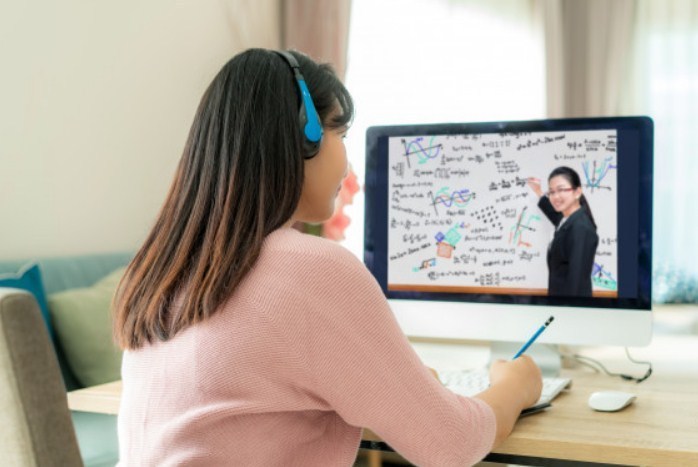
Agustinus Subarsono, M.Sc., M.A., Ph.D., as UGM Public Policy Expert said remote learning during the Covid-19 pandemic still left several problems in the community, including in the DIY area. It is because not the whole parties, either student or parents are ready for this online learning. Some troubles are commonly existed, such as the problem with technology disparity between households, the disparity in networks between regions, as well as the varied literacy of teachers and parents technology, are still commonly existed.
“Network is the obstacle that all community mostly encountered,” he explained on Tuesday (4/8).
He concluded this statement from his initial research, and it investigated the implementation of secondary education in DIY during the Covid-19 pandemic. The study conducted 1,304 respondents, including teachers, students, and parents at the junior-high-school level in 5 districts/cities of DIY. From a survey via Google Form since June 25-July 1, 2020, it indicated that the disruption of the internet network is a significant obstacle in the administration of secondary education during the Covid-19 pandemic.
“Both students, teachers, and parents complained that the disruption of the internet network as a significant obstacle in distance learning activities. More than 50 per cent of respondents complained about this network, especially in Kulon Progo and Gunung Kidul,” said the lecturer in Public Policy Management at the UGM Faculty of Social and Political Sciences.
To solve this problem, he asked the government to make the internet network more accessible to all Indonesian.
Another problem that is also often found by students is the limited cost to access the internet. Then, another obstacle that in online learning is the limited time parents have to accompany children when they are taking remote learning. While many teachers also experience the problem of limited skills using information and communication technology because not all teachers are familiar with the technology used during online learning.
“The older the teacher’s age, the higher the obstacles in utilizing technology. Relatively smaller barriers experienced by teachers under the age of 35 years,” he explained.
Subarsono conveyed from the survey of students found the fact that almost most felt distance learning activities were more complicated than regular learning activities. Not only that, but distance learning material is also more complicated than direct learning material.
“Most students complained that they are easily getting bored in joining online learning and were more eager to join direct learning,” he said.
He mentioned that there are still gaps between the design of policies and the operation of distance learning at the level of secondary education. To link the gap, he emphasized the need to increase the creativity of teachers, so that remote learning is more exciting and motivates students to learn.
Next, when the pandemic ends, he recommends to keep maintaining remote learning policy and innovates learning to reduce the burden on students.
“Remote learning education policy between online and offline as an alternative to the new normal period. Meanwhile, direct or face-to-face learning can begin when the school environment has been safe and also followed by some agreements with stakeholders,” he explained.
Subarsono said that the Covid-19 pandemic conceived challenges and needs for learning innovation with technology. Therefore, there should be a strong collaboration between schools and parents in education needs.
Author: Ika
Translator: Natasa A

